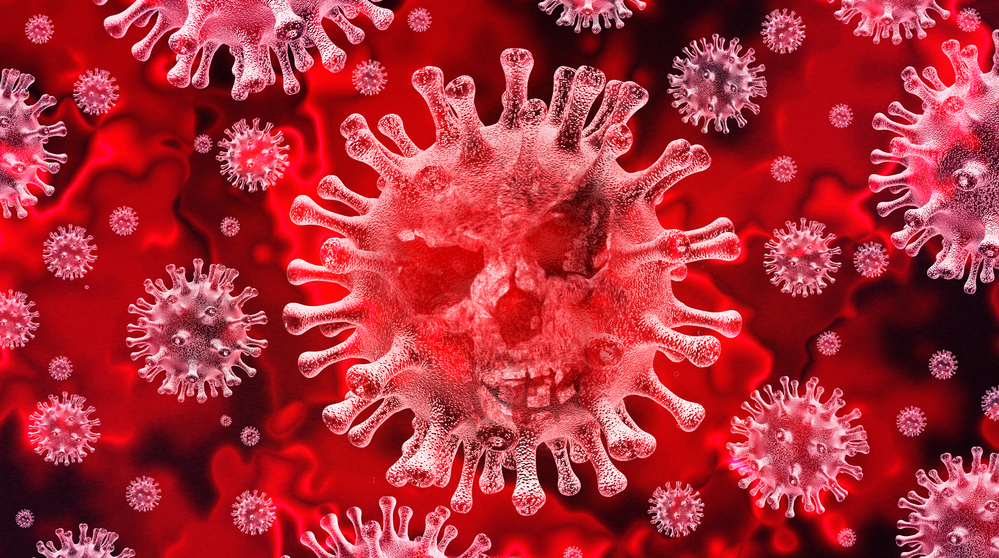The medical journal Cell has recently discovered that a specific change in the SARS-CoV2 virus genome associated with the intense viral spread of the COVID-19 virus has gotten even more infectious with a new change in it’s “spike” protein that it uses to enter the human cells.
“The D614G variant first came to our attention in early April, as we had observed a strikingly repetitive pattern. All over the world, even when local epidemics had many cases of the original form circulating, soon after the D614G variant was introduced into a region it became the prevalent form.” Theoretical biologist and lead author of the study,Bette Korber noted,
The long and short of it is that wherever COVID-19 had been, the D614G variant was known to follow shortly after. This occurred at every geographic level: country, sub-country, county, and city.
The D614G mutation changes the virus’s infectivity in any laboratory, increasing the chances of contracting it even in sterilized environments.
“It’s remarkable to me,”both that this increase in infectivity was detected by careful observation of sequence data alone, and that our experimental colleagues could confirm it with live virus in such a short time.”stated Will Fischer of Los Alamos, an author on the study.
“These findings suggest that the newer form of the virus may be even more readily transmitted than the original form — whether or not that conclusion is ultimately confirmed, it highlights the value of what were already good ideas: to wear masks and to maintain social distancing.” mentioned Dr. Bette Korber.
“It is possible to track SARS-CoV-2 evolution globally because researchers worldwide are rapidly making their viral sequence data available through the GISAID viral sequence database,” Korber said. Currently tens of thousands of sequences are available through this project, and this enabled Korber and the research team to identify the emergence of the D614G variant.
Their studies have become the main tracker for the COVID-19 studies where through the detection of the patterns they had found the D614G strain.
The preventive measures the two authors had stated was to maintain the practice social distancing, wearing of masks, carrying of rubbing alcohol for sanitizing the hands and to avoid touching the face until the hands have been thoroughly sterilized as we must be diligent more than ever with the new D614G on the loose.
![]()
